The traditional ways of brainstorming, organizing thoughts, and studying are getting modernized with new emerging AI technologies. Google has recently introduced a sensational online tool called NotebookLM to offer AI-powered research assistance and note taking experience.
In this guide, we will thoroughly review Google NotebookLM, highlighting its features, performance, pricing, and user reviews. We will also discuss how it compares to other top-notch AI assistant tools like UPDF AI in chatting with documents.
Part 1. Everything You Should Know About Google NotebookLM
As AI models are getting more advanced, they are set to modernize the way we handle daily activities. Google NotebookLM has emerged as one such game-changing AI tool. Let's now get deep into what it brings to the table.
#1 What is Google NotebookLM?
Google NotebookLM is an AI-powered online research and note-taking tool. Built with Gemini 2.0, it is your personalized AI research assistant that allows you to upload your sources from PDFs, YouTube videos, websites, Google Docs, and other mediums. Afterward, Gemini's 2.0 multimodal understanding capabilities can summarize the content and make interesting connections between topics.
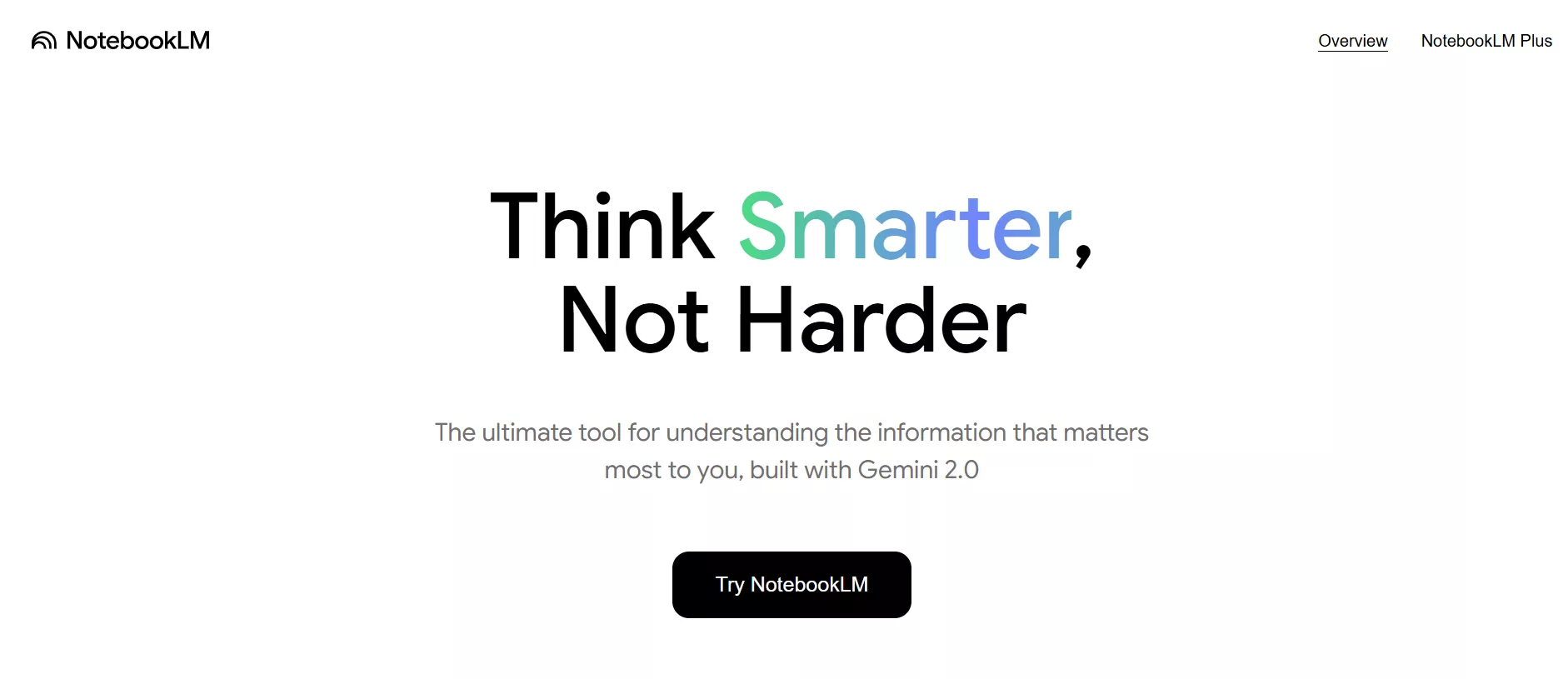
Think of NotebookLM as a personalized AI expert that can provide instant insights from your provided sources and answer your questions with clear citations of its work. For example, you can upload your sources related to Ulysses and then ask it to summarize the story based on the sources.
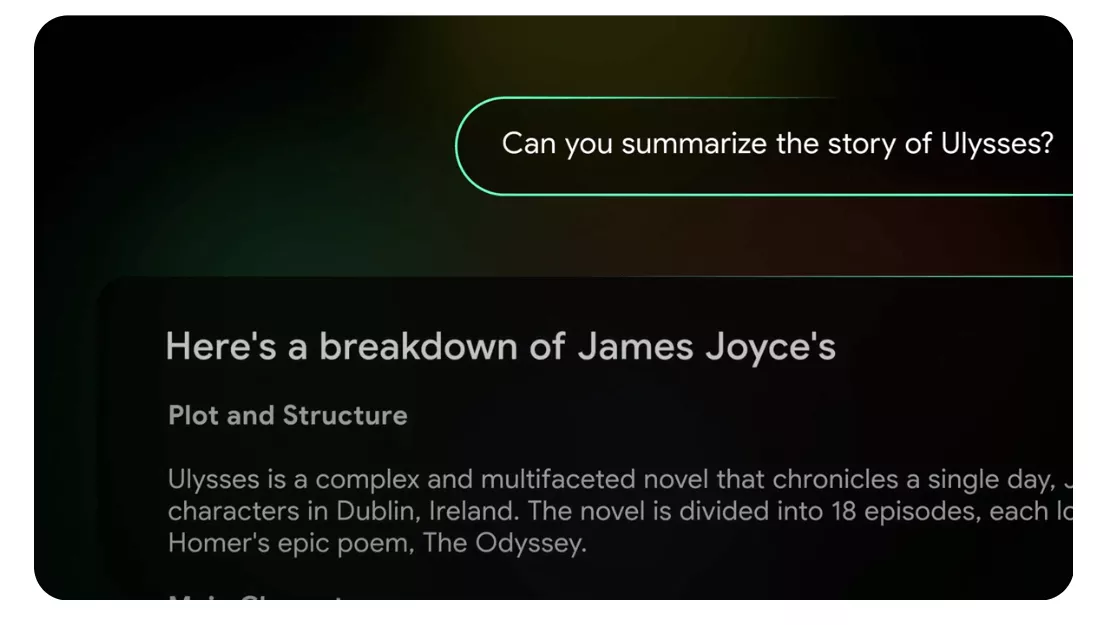
#2 What Does Google NotebookLM Do?
Google NotebookLM is exceptional in providing the AI research assistant students, researchers, and businesses need. Its key features include:
Summarization
The noteworthy feature of Google NotebookLM is its summarization feature. It allows you to upload as many sources as you want to share about the topic. You can upload PDFs, web pages, videos, audio, Google Docs, and others.
Once NotebookLM has the sources to analyze, it uses Gemini 2.0's multimodal understanding to summarize the content. So, all the content from the sources is analyzed and summed up into a brief summary.
However, we felt that NotebookLM isn't really best at summarizing. UPDF's AI assistant is another powerful tool that can summarize documents, especially for summarizing PDFs. Integrates with GPT-5 and full-size DeepSeek R1, UPDF offers more accurate summaries and advanced options. You can use its built-in options to summarize the entire document, specific pages, or selective content.
Try out UPDF AI yourself for free and see its top-notch summarization results yourself.
Also Read:
Question Answering
Other than summarizing, Google NotebookLM also provides an interactive chat box to ask questions about your sources. You can ask it to:
- Explain complex concepts in simple terms
- Create a polished presentation outline
- Identify trends from market research data
- Generate new product ideas
- And many more.
In short, NotebookLM acts as your virtual assistant and takes your research and brainstorming game to the next level.
Instant Insights
Google NotebookLM provides instant insights from your sources with information that is truly valuable to you. It also provides clear citations of sources.
Listen and Learn
Google NotebookLM now also offers a listen and learn feature to let you have audio-based discussion on your provided sources.
Privacy-Friendly
Google NotebookLM does not use your personal data, sources, queries, and responses to train the model. All the interactions you make with the tool are secure.
#3 Pricing of Google NotebookLM
Google NotebookLM is available in two versions: NotebookLM and NotebookLM Plus. The NotebookLM is free to use for individual purposes, while the NotebookLM Plus is a more advanced version available with Google One AI Premium for $19.99/month subscription.
Part 2. Is Google NotebookLM Good to Use?
Google NotebookLM looks like the next big thing in note-taking and research works, but is it really that good? Let's see what users have to say about the tool:
- "It is pretty amazing - a great learning and research tool! The key is you have to feed it all the necessary articles and papers to get strong responses."
- "Found out about NotebookLM a little before my first law school midterms. Safe to say it was a major difference-maker in outlining and synthesizing notes."
- "I tried the podcast feature today for the first time. I think it's a great tool when you're not able to read an article or any other text. But I hated how often the word "like" was said during the generated broadcast. And once you hear it, you cannot unhear it (at least, I can't)."
- "I haven't really used it much since I figured out I could afford Google Docs and those were static documents meaning if I edited the source document it didn't update in the Notebook. I also found it was so-so at creating results I trusted. It probably tends to depend on what you're trying to use the Notebook for. My ultimate opinion was that it was gimmicky."
Users' opinion about Google NotebookLM is mixed. So, we decided to give it a try ourselves and evaluate its performance.
We planned to test Google NotebookLM on the topic of "AI in Cybersecurity". From its main dashboard, it immediately asked us to upload all the sources. We uploaded all the sources we had on this topic.
After uploading sources, it provided a summary of individual sources. However, we were expecting a single summary from all the sources.
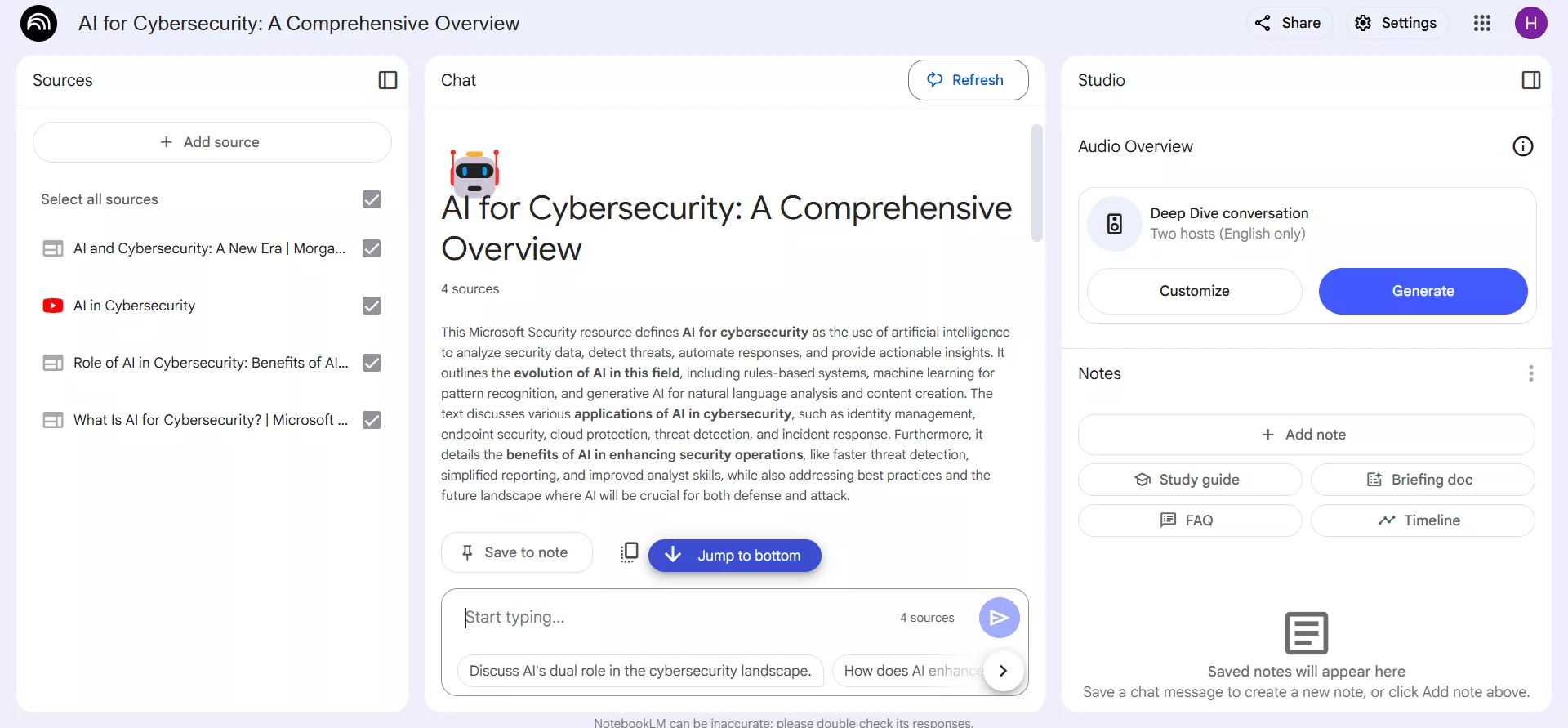
So, we used the chat box to ask it to summarize the content from all sources. This time, it was able to summarize the content from all the sources. However, the summary was not reader friendly. It looked like distinguished texts with no connections.
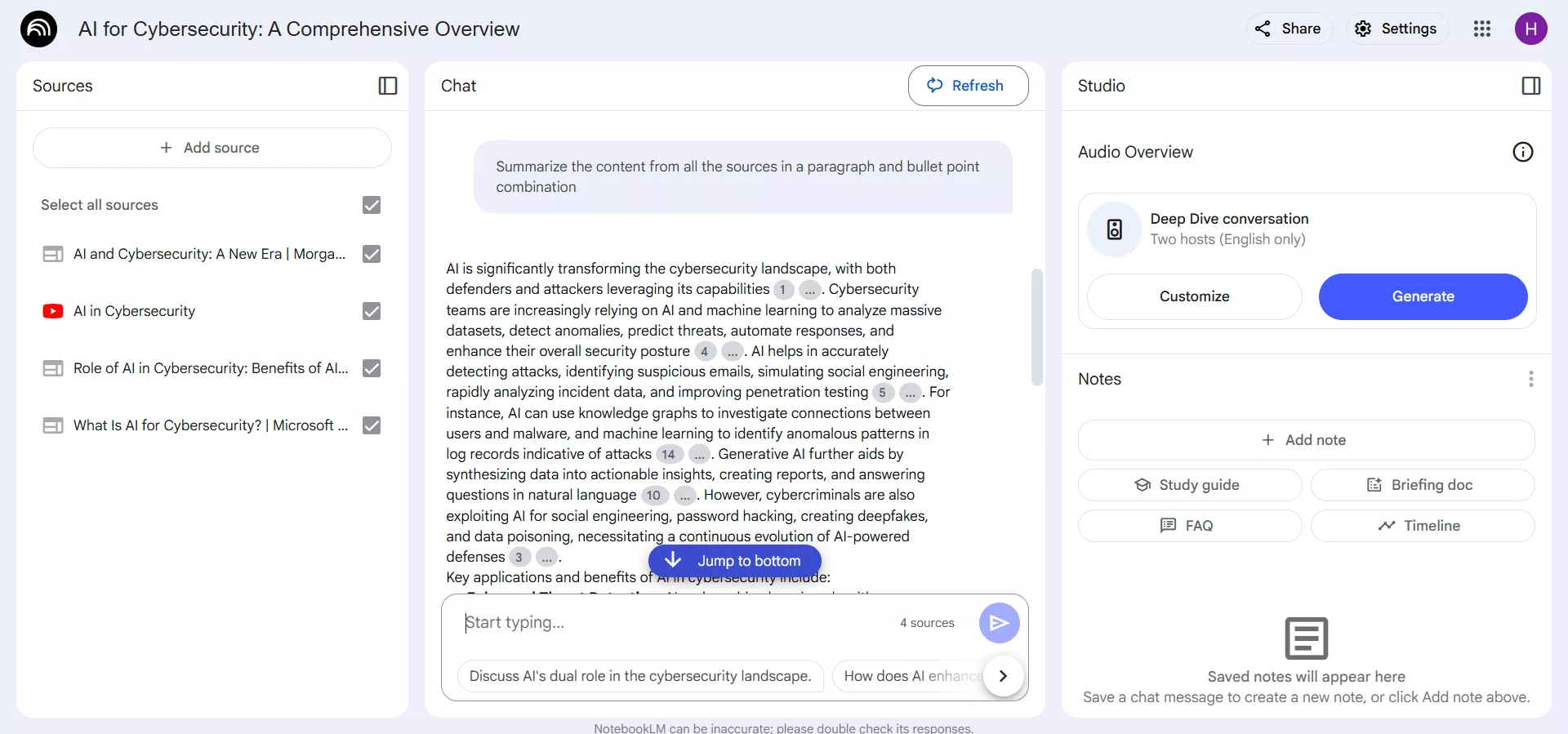
If we compare the summary generated by UPDF AI assistant, then UPDF seems a better Google NotebookLM alternative in terms of summary quality and wording. Additionally, for research papers, UPDF AI provides a specific summarizing format, includin author, title, keyword, URL, etc., which is more useful for users. Don't just believe in our words. Give UPDF's AI summary a test run and visualize its top-notch summary results yourself.
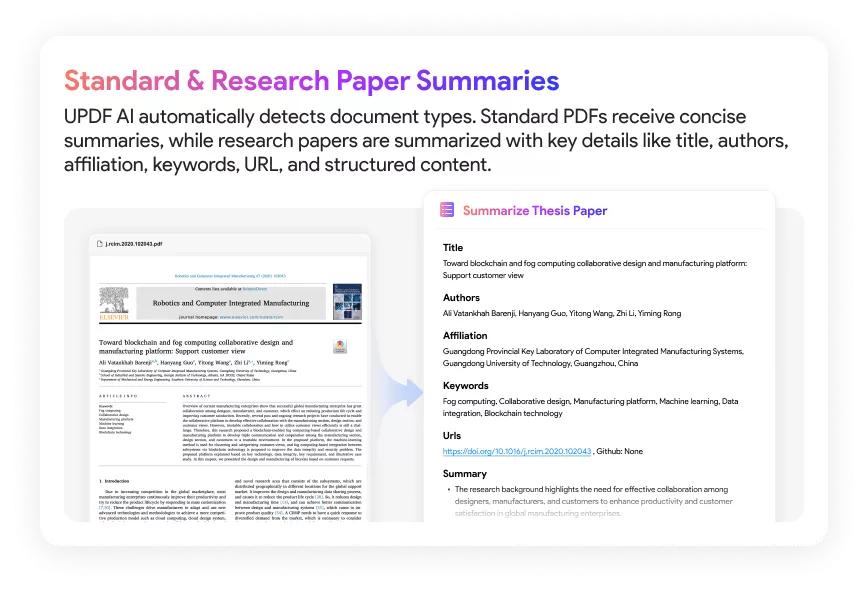
After the summary, we asked a few questions to see how NotebookLM responds to them. The answers were satisfactory with proper insights.
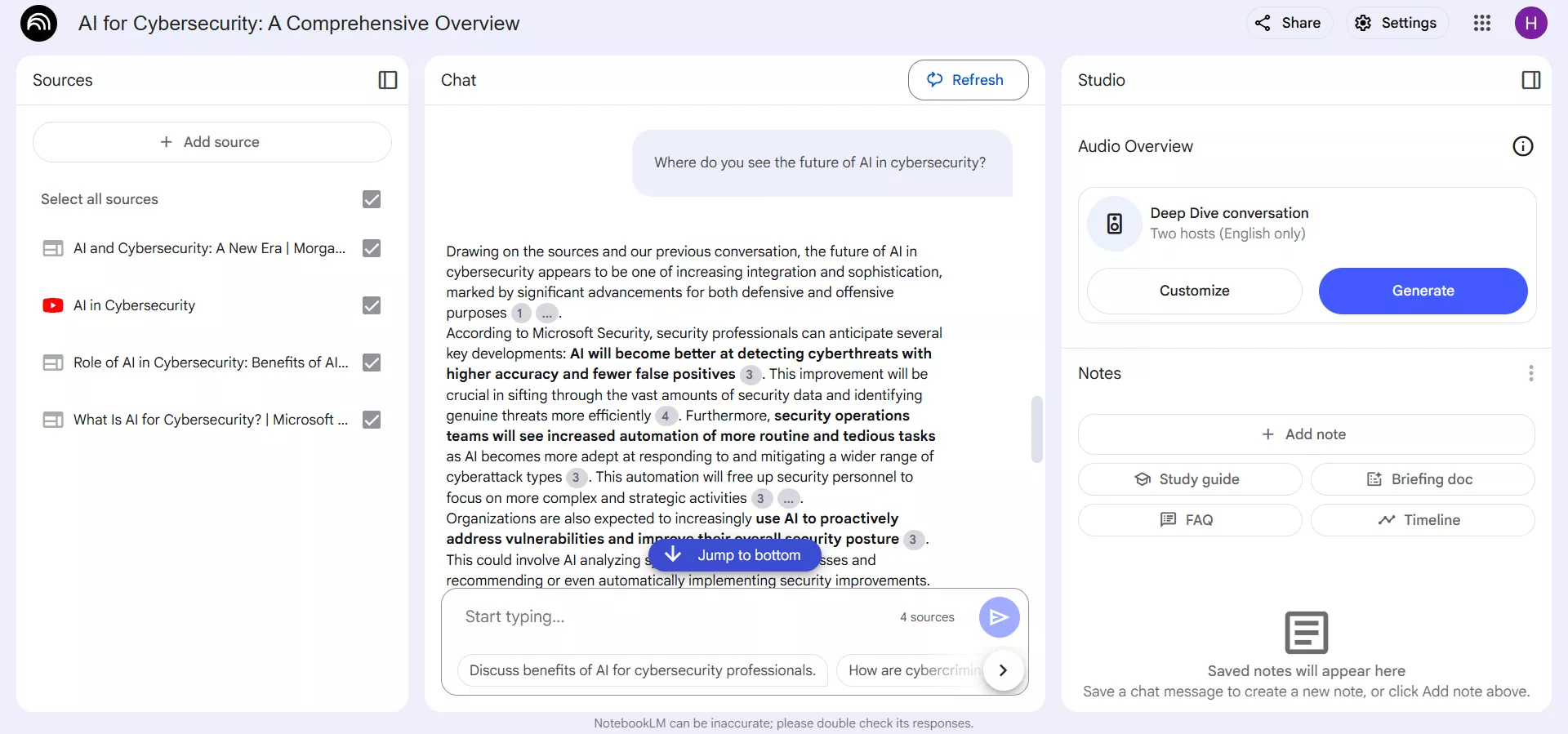
Other than chatting, we could also get an audio preview or add answers into new notes. Overall, Google NotebookLM does provide a decent, modernized experience in research analysis and note-taking.
Part 3. Bonus: How UPDF and Google NotebookLM Can Work Together
Google NotebookLM is a useful AI research assistant, but you can enhance the experience further by combining its capabilities with other useful tools, such as UPDF.
UPDF is an AI-powered PDF editor that offers modernized features to handle PDF-related activities. Its AI assistant is widely used to summarize, translate, chat, and generate mind maps from PDFs. Its AI-backed assistant is unmatched in the PDF tools industry.
You can use UPDF and Google NotebookLM together to enhance the research work output. For example, you can read a research paper in UPDF and summarize it using AI chat. Afterward, you can transfer the summary into NotebookLM for easy reference. This approach will enhance your research work by combining the UPDF's AI-powered summarization with NotebookLM's advanced note-taking and contextual analysis capabilities.
Try out UPDF's AI assistant yourself, summarize the PDF, and see how it facilitates NotebookLM in better analysis. Note: You can download UPDF using the button below to access the built-in AI or try its online AI assistant. Both offer similar capabilities.
Windows • macOS • iOS • Android 100% secure
Watch the video below to learn more about UPDF's AI assistant. For users who are interested in its PDF-to-mind-map feature, click here to watch the relevant video guide.
Part 4. FAQs About Google NotebookLM
Q1. What is the difference between ChatGPT and NotebookLM?
ChatGPT expertises lies in superior ideation, content creation, and customization, while NotebookLM excels in learning complex topics, generating summaries, and chatting with sources. Moreover, NotebookLM outputs are only based on the uploaded files, which reduces the chances of hallucination as with ChatGPT.
Q2. What does LM stand for in NotebookLM?
LM in NotebookLM stands for "Language Model". This reflects the app's foundation, which reimagines note-taking software by integrating a robust language model at its core.
Q3. Does Google NotebookLM have an app?
No, Google NotebookLM is a web-based app that is usable from any web browser on your desktop, mobile, or tablet.
Conclusion
Google NotebookLM has lifted the standard of note-taking by offering a powerful virtual AI research assistant. It is exceptional in analyzing multiple sources from different formats and providing summaries and exact answers to queries.
After a thorough review of NotebookLM, we can conclude you can use it standalone but its capabilities can really enhance by integrating with other tools. For research works, UPDF AI is exceptional in providing top-notch summaries, which you can feed to NotebookLM for advanced note-taking. Therefore, try out NotebookLM with UPDF AI and get the best research assistance.
 UPDF
UPDF
 UPDF for Windows
UPDF for Windows UPDF for Mac
UPDF for Mac UPDF for iPhone/iPad
UPDF for iPhone/iPad UPDF for Android
UPDF for Android UPDF AI Online
UPDF AI Online UPDF Sign
UPDF Sign Edit PDF
Edit PDF Annotate PDF
Annotate PDF Create PDF
Create PDF PDF Form
PDF Form Edit links
Edit links Convert PDF
Convert PDF OCR
OCR PDF to Word
PDF to Word PDF to Image
PDF to Image PDF to Excel
PDF to Excel Organize PDF
Organize PDF Merge PDF
Merge PDF Split PDF
Split PDF Crop PDF
Crop PDF Rotate PDF
Rotate PDF Protect PDF
Protect PDF Sign PDF
Sign PDF Redact PDF
Redact PDF Sanitize PDF
Sanitize PDF Remove Security
Remove Security Read PDF
Read PDF UPDF Cloud
UPDF Cloud Compress PDF
Compress PDF Print PDF
Print PDF Batch Process
Batch Process About UPDF AI
About UPDF AI UPDF AI Solutions
UPDF AI Solutions AI User Guide
AI User Guide FAQ about UPDF AI
FAQ about UPDF AI Summarize PDF
Summarize PDF Translate PDF
Translate PDF Chat with PDF
Chat with PDF Chat with AI
Chat with AI Chat with image
Chat with image PDF to Mind Map
PDF to Mind Map Explain PDF
Explain PDF Scholar Research
Scholar Research Paper Search
Paper Search AI Proofreader
AI Proofreader AI Writer
AI Writer AI Homework Helper
AI Homework Helper AI Quiz Generator
AI Quiz Generator AI Math Solver
AI Math Solver PDF to Word
PDF to Word PDF to Excel
PDF to Excel PDF to PowerPoint
PDF to PowerPoint User Guide
User Guide UPDF Tricks
UPDF Tricks FAQs
FAQs UPDF Reviews
UPDF Reviews Download Center
Download Center Blog
Blog Newsroom
Newsroom Tech Spec
Tech Spec Updates
Updates UPDF vs. Adobe Acrobat
UPDF vs. Adobe Acrobat UPDF vs. Foxit
UPDF vs. Foxit UPDF vs. PDF Expert
UPDF vs. PDF Expert


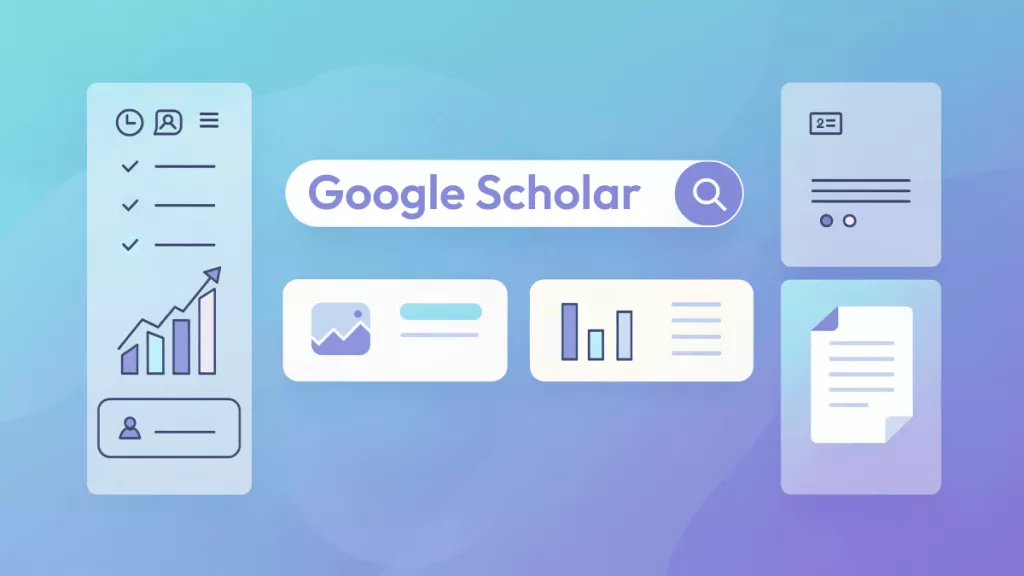



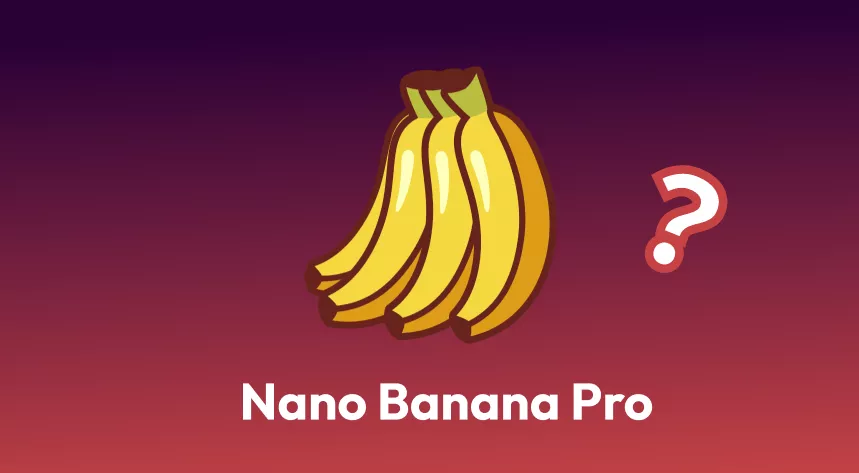

 Delia Meyer
Delia Meyer 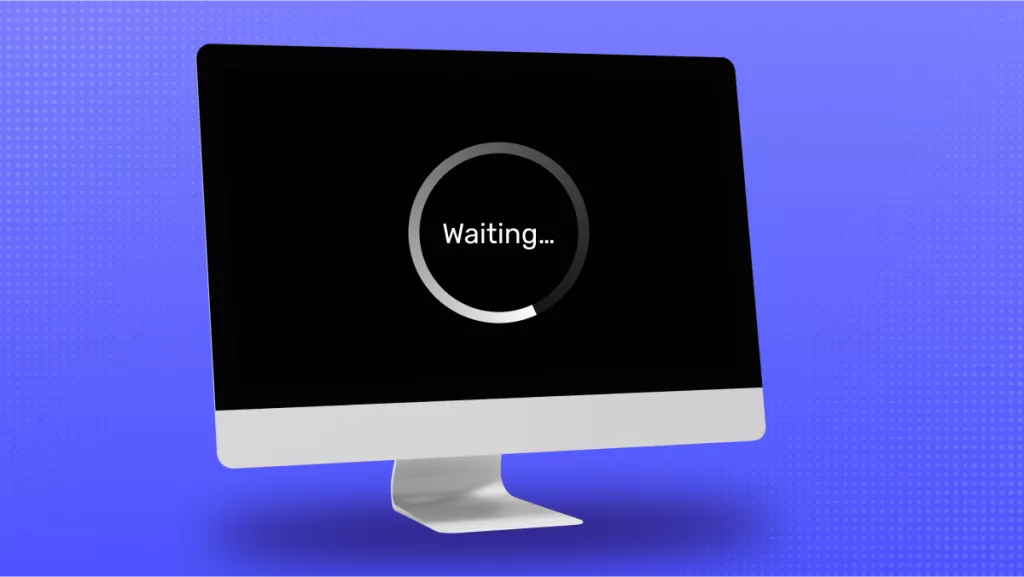
 Enya Moore
Enya Moore 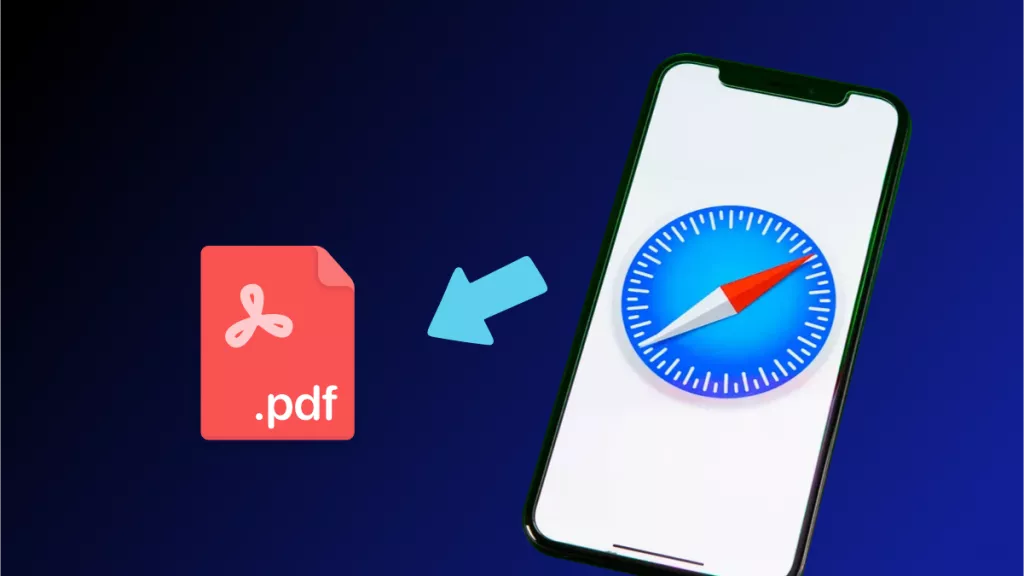

 Lizzy Lozano
Lizzy Lozano 